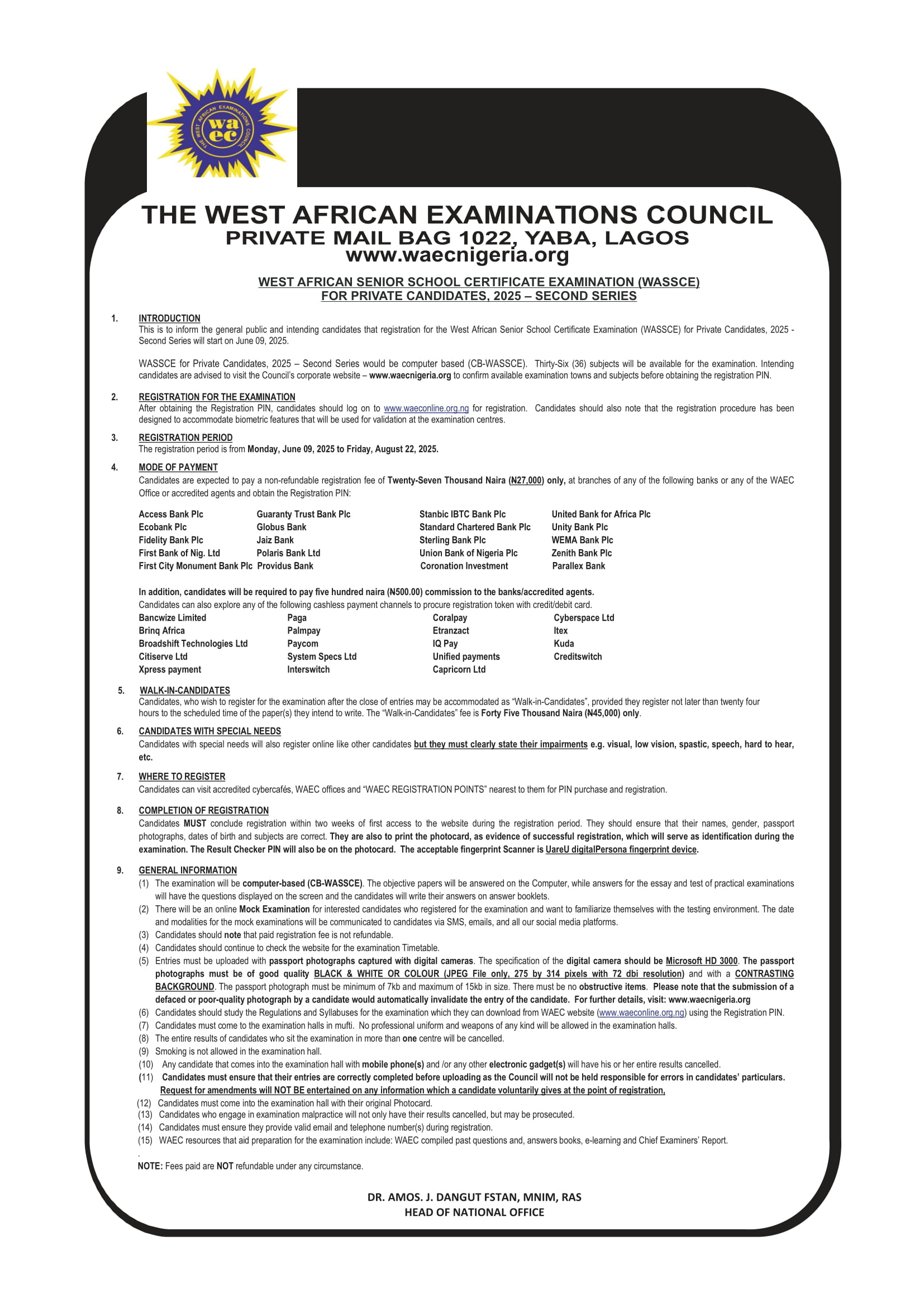
Oil
Oil Prices Set for Weekly Gain Despite Demand Uncertainty

Oil prices are set for their first weekly gain in a month, even if rising by only a couple of cents week-on-week, as the continuous barrage of tariff war news was offset by concerns around Trump’s Ukraine-Russia ceasefire plan and the tightening of sanctions vis-à-vis Iran. Since March 5, ICE Brent has been trading in an extremely tight band of $69.3-70.9 per barrel as the oil markets wait for new developments to sway the mood.
The International Energy Agency cut its 2025 global demand outlook by 70,000 b/d to 1.03 million b/d, citing worsening macroeconomic conditions and tariff wars, whilst it ramped up this year’s pace of oversupply to 600,000 b/d, compared to 450,000 b/d last month.
The government of Canada has requested WTO dispute consultations with the United States over the latter’s whopping 50% steel and aluminium tariffs, saying the unilateral move breaches the US’ GATT obligations even though Trump walked them back, OilPrice.com reports.
The Indian Parliament approved the amendment of the 1948 Oil Fields Act, including shale oil and gas into its scope, allowing for foreign arbitration of disputes and extending potential lease periods, seeking to boost upstream activity in its offshore zone.
The US Treasury Department imposed sanctions on Iran’s oil minister Mohsen Paknejad this week, simultaneously adding three shadow fleet tankers and four shipping companies registered in Hong Kong and Liberia to its SDN list for oil deliveries to China.
US oil major ExxonMobil (NYSE:XOM) has submitted an environmental authorization request for its first purely gas project in offshore Guyana, seeking a FID on its Longtail FPSO that is expected to process 1,000-1,500 MMCf/d of gas and 200,000 b/d of condensate.
Concurrently to Steve Witkoff’s ceasefire negotiations in Moscow, Ukraine’s army attacked the 240,000 b/d Tuapse refinery in Russia’s Black Sea region with drones, hitting one of the gasoline storage tanks and marking the third refinery drone attack this week.
Amidst stagnant US interest rates and ever-changing tariff wars, the price of gold breached the psychological milestone of 3,000 per ounce for the first time in history, peaking at 3,004/oz on Friday, capping an increase of more than 14% in 2025 alone.
Two days after a coolant leak prompted an unplanned shutdown of South Korea’s 1.4 GW Shin Hanul 2 reactor in the Asian country’s east, a radiation alarm was raised on March 14 after a notably higher dose rate was detected in the reactor’s exhaust pipe cleaning device.
The government of Panama authorized the sale of copper concentrate from First Quantum’s (TSE:FM) shut-in Cobre Panama copper mine, sending the firm’s shares flying by 15% on Thursday and raising the likelihood of a potential restart of operations in 2025.
As Donald Trump reiterated his support for the annexation of Greenland and slapped a 25% steel tariff on Europe, the US Department of Agriculture reached out to Denmark and other European nations if they can export eggs after a 25% price surge this year alone.
Embattled UK oil major BP (NYSE:BP) is reportedly seeking to sell 50% of its solar energy subsidiary Lightsource bp to a strategic partner, setting June as the deadline for potential bids, less than a year after BP took full ownership of the entity in a deal worth 2.6 billion.
Chinese refiners nominated only 34 million barrels of Saudi Arabian crude loading in April, the lowest monthly volume to purchased in a year and a stark decline compared to 41 million barrels in March, despite a 0.30-0.40 per barrel price cut in Aramco’s OSPs.
Malaysia’s state oil firm Petronas is selling its interest in the La Amarga Chica JV operated in Argentina’s Vaca Muerta shale play, with French oil major TotalEnergies (NYSE:TTE) also studying the possibility of selling its Argentinian assets, provided the price is right.
Reacting to the US’ 25% tariff on European steel, the European Commission has announced retaliatory 25% tariffs on US corn and soybean imports, with the Old Continent currently accounting for 4% of total US corn exports and 10% of soybean outflows.
About The Author

